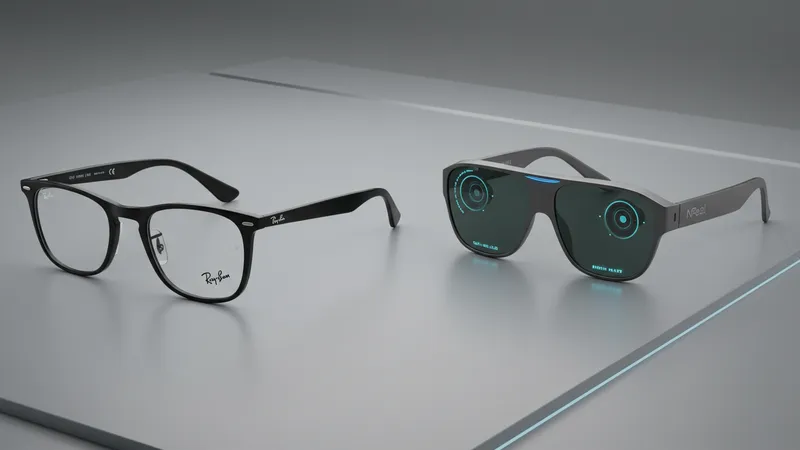
Wearables Meet Fashion Smart Glasses Health Monitoring Style
Comparing Leading Brands: Style, Technology, and User Experience
Key differences between leading products center on how each balances fashion, functionality, and user interface. For instance, Ray-Ban Stories is tailored for those who prioritize classic aesthetics with discreet tech. With touch controls embedded seamlessly in the arms and standard Ray-Ban lens options, they deliver notifications, music, and basic activity data while preserving the timeless Wayfarer look.

Nreal Air, meanwhile, focuses heavily on immersive display. Its low-profile design conceals micro-OLED projectors to create sharp augmented reality overlays, allowing for features like video streaming in private mode or following exercise metrics during activity. Its lightweight build ensures that technology doesn’t overshadow daily comfort and style—a main selling point for style-conscious tech enthusiasts.
Vuzix Blade appeals to professionals and health-focused individuals who want direct access to real-time metrics on their lenses. The built-in display can show step counts, navigation prompts, and communication notifications all while looking like standard business eyewear. This is ideal for multitaskers who prize both subtlety and breadth of smart functions in their accessories.
User experience is heavily influenced by app ecosystem connectivity. Most leading options now support both Android and iOS, providing dashboards for activity history, setting preferences, and adjusting notifications. The most successful smart glasses make setup and daily use intuitive, lowering the barrier for people trying wearable health tech for the first time.